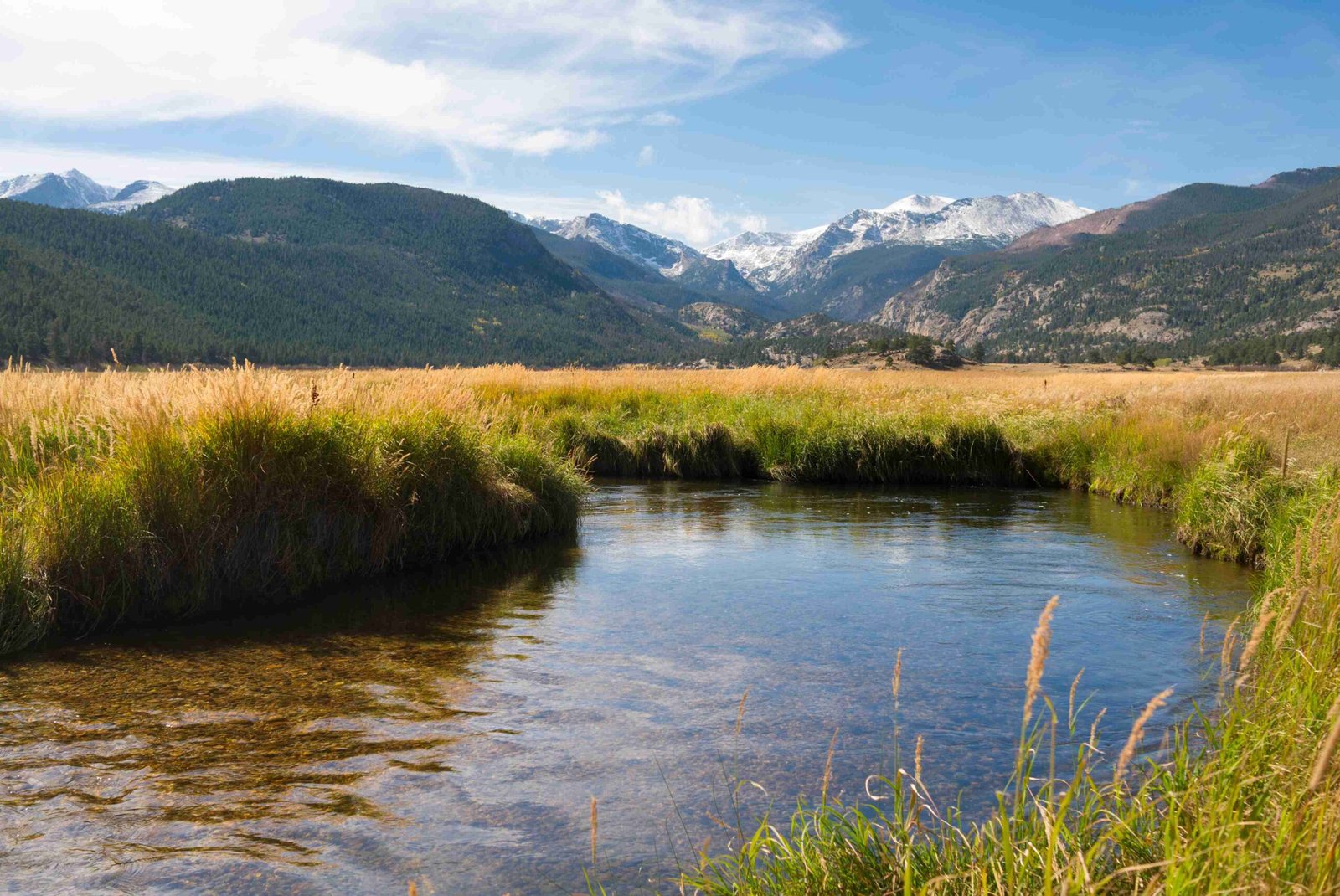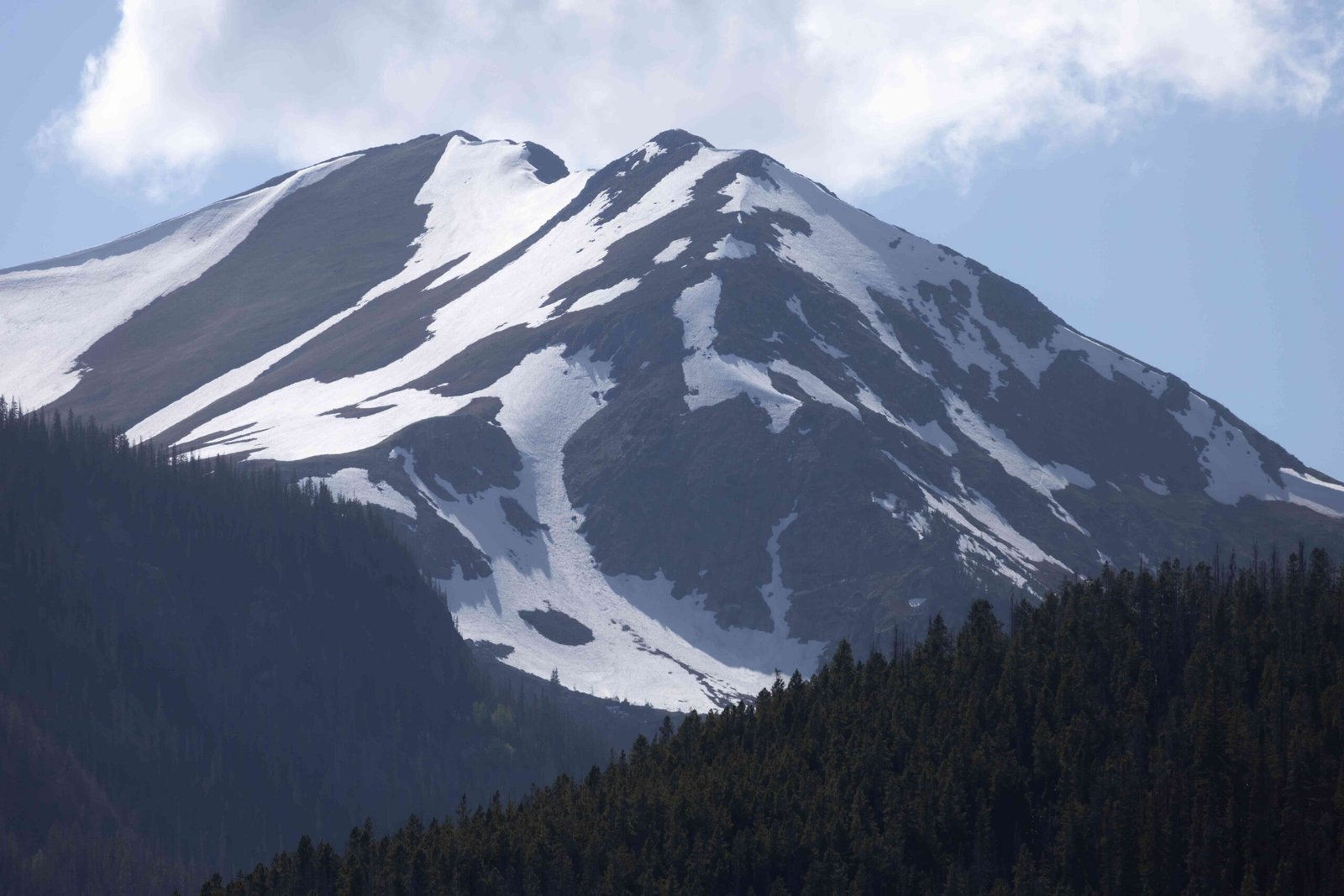Rocky Mountain National Park offers some of the most breathtaking stargazing opportunities in the United States. With its high elevation, minimal light pollution, and clear mountain air, the park provides an ideal setting for observing celestial wonders. From the Milky Way to meteor showers, the night sky over Rocky Mountain National Park captivates visitors with its stunning display of stars, planets, and cosmic phenomena.
What Makes Rocky Mountain National Park Ideal for Stargazing?

Rocky Mountain National Park’s unique characteristics make it an exceptional location for stargazing:
- High Elevation: Much of the park sits above 8,000 feet, reducing atmospheric interference.
- Low Light Pollution: The park’s remote location minimizes artificial light, enhancing star visibility.
- Clear Mountain Air: The dry climate results in less atmospheric moisture, improving clarity.
- Diverse Viewing Locations: From accessible overlooks to secluded backcountry spots, the park offers various stargazing environments.
Where Are the Best Spots to View Stars in Rocky Mountain National Park?

Several locations within the park stand out for their stellar stargazing conditions:
- Forest Canyon Overlook
- Elevation: 11,716 feet
- Location: Along Trail Ridge Road
-
Accessibility: Car-accessible when Trail Ridge Road is open
-
Mills Lake
- Hike: 5.6-mile round trip from Glacier Gorge Trailhead
-
Features: Beautiful lake reflection, less crowded than some spots
-
Sprague Lake
- Location: Near Glacier Basin Campground
- Accessibility: Short walk from parking lot
-
Note: May have some light pollution from nearby facilities
-
Trail Ridge Road
- Highest paved through road in any U.S. national park
- Multiple pull-off spots for viewing
- Open seasonally (typically late May to mid-October)
When Is the Best Time to See Stars in Rocky Mountain National Park?
Optimal stargazing conditions depend on several factors:
- Season
- Late summer to early autumn: Ideal for Milky Way viewing
-
Winter: Crisp, clear nights but colder temperatures
-
Moon Phase
- New moon: Darkest skies for best star visibility
-
Full moon: Illuminates landscapes but reduces star visibility
-
Weather
- Clear nights: Essential for optimal viewing
-
Early to mid-summer: Generally low moisture in the air
-
Time of Night
- 2-3 hours after sunset: Sky is fully dark
- Pre-dawn hours: Often clearest due to reduced particulates
What Celestial Events Can Be Observed in Rocky Mountain National Park?
Rocky Mountain National Park offers opportunities to witness various celestial events:
- Milky Way
- Best seen from late spring to early fall
-
Core visible from about 10 PM to 2 AM during peak months
-
Meteor Showers
- Perseids (August)
- Geminids (December)
-
Leonids (November)
-
Planets
- Jupiter, Saturn, Mars, and Venus often visible
-
Planetary alignments occur periodically
-
Northern Lights
- Rare but occasionally visible during strong solar storms
How Can Visitors Prepare for Stargazing in Rocky Mountain National Park?
Proper preparation enhances the stargazing experience:
- Equipment
- Red flashlight: Preserves night vision
- Warm clothing: Temperatures drop significantly at night
-
Binoculars or telescope: For detailed viewing
-
Planning
- Check weather forecasts
- Consult moon phase calendar
-
Arrive before sunset to acclimate and find a spot
-
Safety
- Inform others of your plans
- Bring extra water and snacks
- Be aware of wildlife activity at night
What Photography Tips Can Enhance Star Images from Rocky Mountain National Park?
Capturing the night sky requires specific techniques:
- Camera Settings
- Manual mode
- Wide aperture (f/2.8 or wider)
- High ISO (1600-3200 to start)
-
Long exposure (20-30 seconds for stars, longer for star trails)
-
Equipment
- Sturdy tripod
- Wide-angle lens
-
Remote shutter release or timer
-
Composition
- Include foreground elements (trees, mountains)
- Use the rule of thirds for Milky Way shots
- Experiment with light painting for added interest
What Programs or Events Focus on Stars in Rocky Mountain National Park?
The park offers several star-focused programs:
- Astronomy in the Park
- Ranger-led programs with volunteer astronomers
-
Telescope viewing opportunities
-
Night Sky Programs
- Educational talks about constellations and celestial objects
-
Often held at Moraine Park Discovery Center
-
Full Moon Walks
- Guided walks under the full moon (winter)
-
Reservation required, limited spots available
-
Astronomy Festival
- Annual event typically held in August
- Features guest speakers, activities, and viewing sessions
How Does Rocky Mountain National Park Protect Its Dark Skies?
The park implements several measures to preserve its dark sky resource:
- Lighting Policies
- Use of shielded, downward-facing lights
-
Minimal lighting in campgrounds and facilities
-
Education
- Visitor programs on the importance of dark skies
-
Information on reducing light pollution
-
Partnerships
- Collaboration with local communities to reduce light pollution
- Work with International Dark-Sky Association
By protecting its dark skies, Rocky Mountain National Park ensures that future generations can continue to enjoy the awe-inspiring spectacle of stars from this majestic mountain setting.

